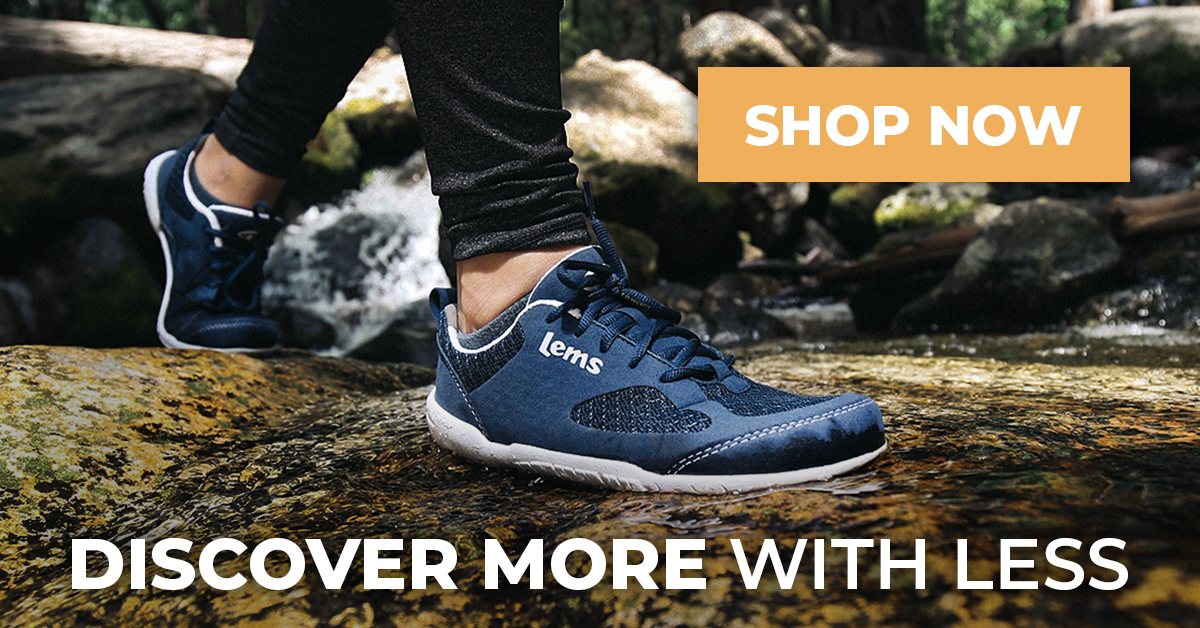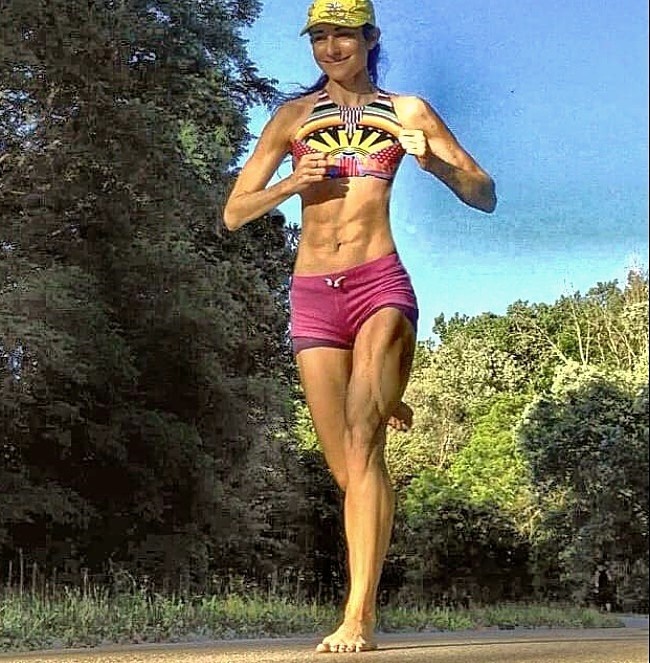My name is Bretta Riches (BSc. HON. Neurobiology, Brock University) and I research and educate the health and performance benefits of forefoot running with special emphasis on the use of barefoot running and minimalist shoes to help people excel in developing the level of mechanical precision to that of most East African professional runners as most of these runners ran barefoot throughout critical stages of mobility development. Barefoot running fundamentally provides the sensory experience necessary in optimizing the reprogramming of the neuromuscular, neuromotor and reflexive commands in a way that ensures the development of a proper forefoot strike and more functional biomechanics.
My other fundamental goal is to use scientific evidence to help validate that walking and running barefoot leads to functional improvements in the motor pathways in the brain movement circuitry and may enhance the flow of spatial and tactile information and processing rates through the motor and reflex circuits and space-brain related areas, thus resulting in exquisite control of balance stability, postural sway as well as enhanced mechanical readiness to move MORE and feel better doing so. I also continue to emphasize the importance of minimalist footwear (functional footwear that specifically match the anatomy of the human foot and sensory effects of being barefoot) when barefooting isn’t allowable.

To get your more familiarized with my work as well as to get you more informed on the functional benefits of barefooting, minimalist shoes and forefoot running, you can learn more here:
How Barefoot Walking And Running Can Undo Years of Broken Mobility Outputs
What Does a Proper Forefoot Strike Look Like During Running
How Traditional Running Shoes May Lead to Bad Mechanics that Make you Injury-Prone
What is ‘Proprioception” and How To Tap Into it to Take Your Biomechanics to the Next Level
My Reviews on the BEST Minimalist Shoes Most-Suited for Forefoot Running
I also have a YouTube channel, here, where I talk at great lengths about forefoot strike vs heel strike running as well barefoot vs shoes.

Bretta Riches
BSc Neurobiology; MSc Biomechanics candidate, ultra minimalist runner & founder of RunForefoot. I was a heel striker, always injured. I was inspired by the great Tirunesh Dibaba to try forefoot running. Now, I'm injury free. This is why I launched Run Forefoot, to advocate the health & performance benefits of forefoot running and to raise awareness on the dangers of heel striking, because the world needs to know.
Latest posts by Bretta Riches (see all)
- Heel Strike Running Causes Slipped Discs - 25/04/2024
- How to Train Yourself to Not Heel Strike When Running - 24/04/2024
- Cushioned Running Shoes Found to Be Bad for Ankles - 23/04/2024


Outstanding site. I recently returned to running after a total hip replacement following a couple years of increasing pain. Before everything went to hell however, I’d embarked on a forefoot running makeover. I spent about 4 years having more fun running than since I was a kid (I’m 65). Wonderful to be moving again. This site is one of the best I’ve seen re the biomechanics of forefoot running. Keep up the good work.
14hkxz
oovwz3
4rbnh3